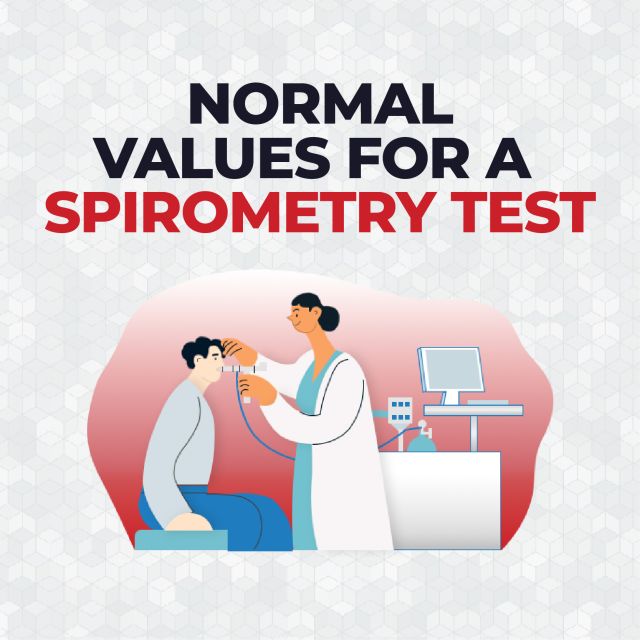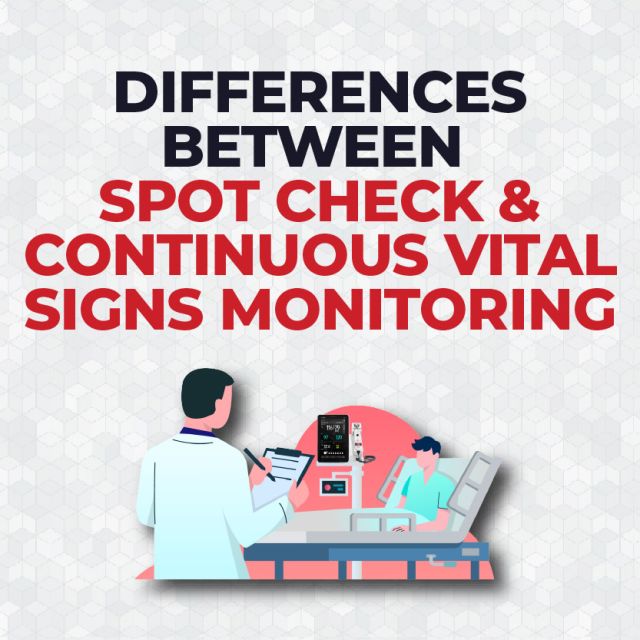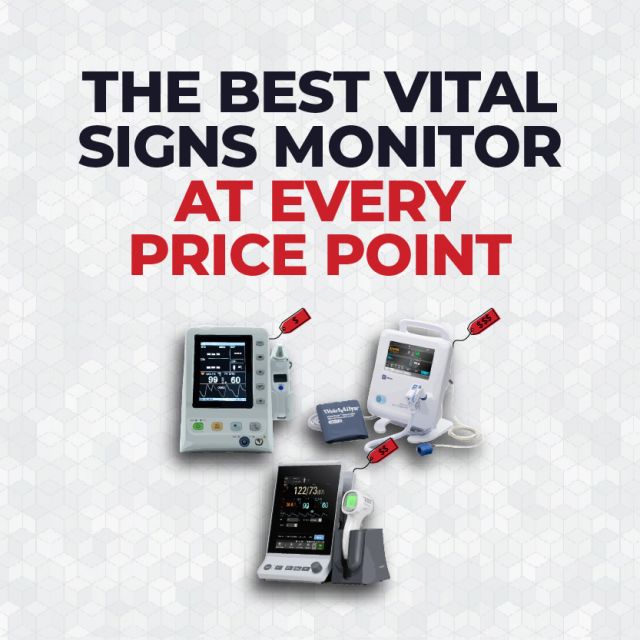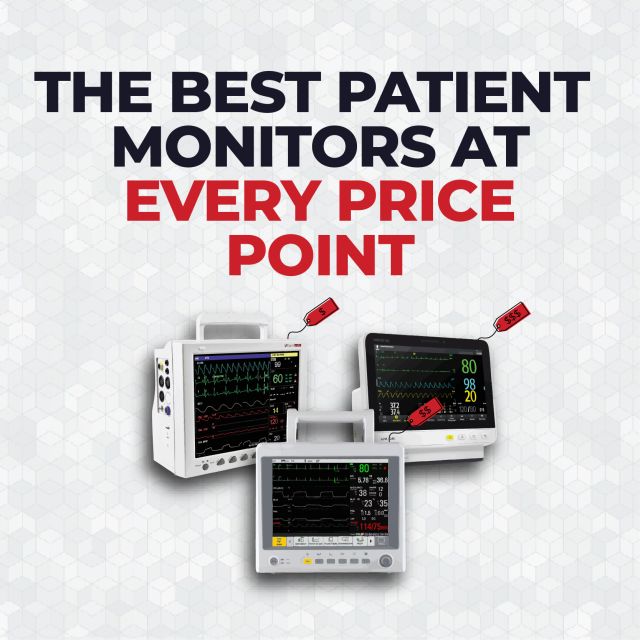What are the 4 Stages of COPD?
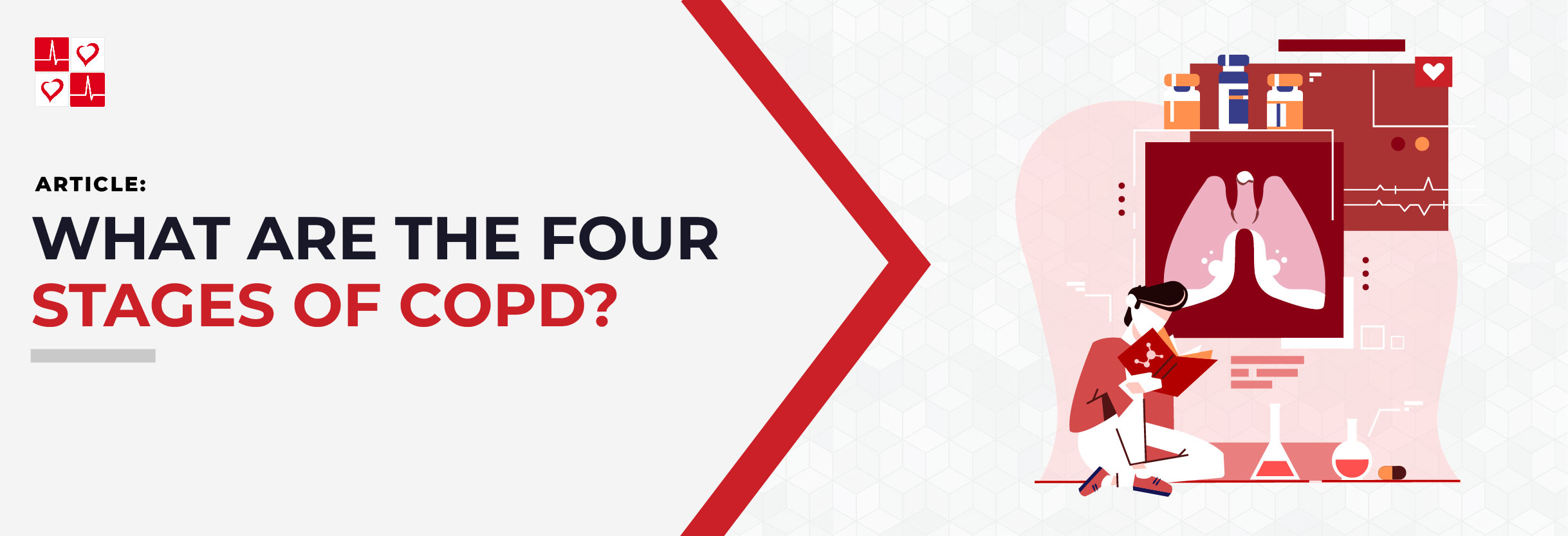
What is COPD?
Chronic Obstructive Pulmonary Disease, or COPD, is a type of lung disease that makes it difficult to breathe. COPD is a progressive disease, meaning it gets worse over time. In fact, it is the third leading cause of death in the U.S.
COPD causes inflammation and damage to the airways and lungs, making it harder for air to flow in and out of the lungs.
Typically, COPD is caused by smoking 85-90% of the time. However, secondhand smoke and air pollution are common causes.
How is COPD diagnosed?
Doctors will often perform spirometry tests to assess lung health and detect the severity of COPD. They may also use other lung function tests such as a Peak Expiratory Flow Test, Arterial Blood Gas Test or a CT Scan.
How to treat COPD
While there is no cure for COPD it is treatable: common treatments for COPD include: smoking cessation, bronchodilator inhalers, pulmonary rehabilitation, oxygen therapy and surgery. However, treatment options will vary based on the Stage of CODP.
The 4 Stages of COPD
There are four stages of COPD: mild, moderate, severe, and very severe. Spirometers can be used determine your stage and assesses lung function.
Stage 1: Mild
FEV1 (forced expiratory volume in one second) is between 80% and 100% of the normal value.
- Symptoms: shortness of breath, slight cough (often unnoticeable)
- Treatment: Bronchodilator inhalers
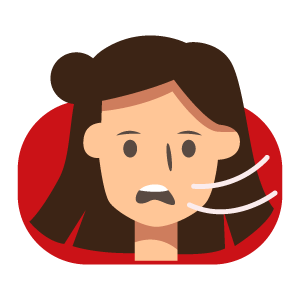
Stage 2: Moderate
FEV1 is between 50% and 79% of the normal value.
Symptoms become more noticeable and are typically worse from Stage 1. Seeking medical attention is more common during this stage.
- Symptoms: shortness of breath, ongoing cough, fatigue
- Treatment: Bronchodilator Medication, Pulmonary Rehabilitation

Stage 3: Severe
FEV1 is between 30% and 50% of the normal value. Shortness of breaths and coughs are significantly worse than Stage 2.
- Symptoms: trouble breathing, wheezing, chest tightness, fatigue
- Treatment: Pulmonary Rehabilitation, Oxygen Assistance

Stage 4: Very Severe
At Stage 4, FEV1 is less than 30% of the normal value. Additionally, blood oxygen levels and lung function will be dangerously low.
Furthermore, patients at this stage are at higher risk of lung failure. As a result, hospitalizations for breathing complications are common.
- Symptoms: Barrel chest, irregular heartbeat, pulmonary hypertension
- Treatment: Medication, Pulmonary Rehab, Oxygen Therapy and Surgical Options (lung transplant)
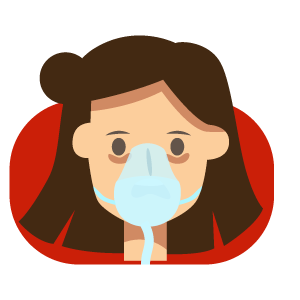
The Gold Stages of COPD
The Global Initiative for Chronic Obstructive Lung Disease (GOLD) is an updated grading system that categorizes the severity of the disease based on symptoms and exacerbation history rather than FEV1.
- Grade A – 0 to 1 exacerbations not leading to hospitalization with low reported symptoms.
- Grade B – 0 to 1 exacerbations not leading to hospitalization with high reported symptoms.
- Grade C – 2 or more exacerbations or 1 that required hospitalization with low symptoms.
- Grade D – 2 or more exacerbations or 1 that required hospitalization with high symptoms.


